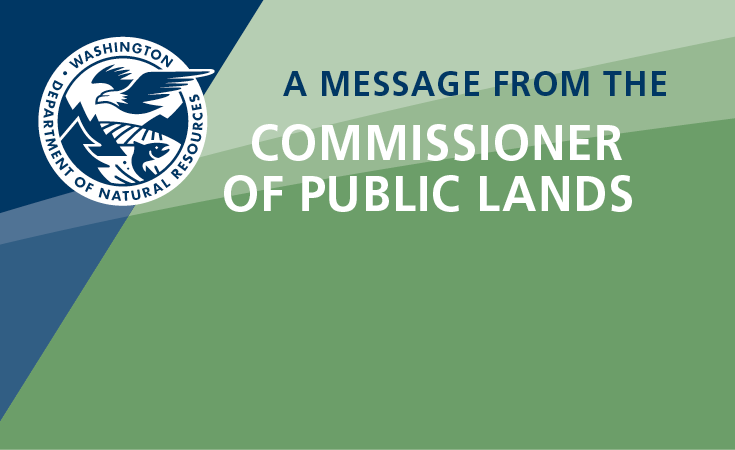Alternate Plans
Site-Specific Management Opportunities
Washington’s Forest Practices Rules allow landowners to develop alternate plans, which are harvest or management plans that propose alternatives to the Forest Practices Rules. Alternate plans allow landowners to apply for more site-specific management flexibility than standard forest practices rules allow. Use an alternate plan to apply for a management plan that will maintain protection of your property’s specific riparian and other ecological functions. To be approved, an alternate plan must provide protection for public resources at least equal in overall effectiveness to the protection provided by the Forest Practices Act and Rules. By law, an interdisciplinary team representing other governmental agencies and locally affected tribes is assembled to assess each proposed alternate plan and make recommendations to ensure the plan meets the standard for approval.
What are the general categories of alternate plans?
Alternate Plan Templates: Small forest landowners may use pre-agreed upon templates that address the common situations repeatedly encountered with alternate plans. These templates include the:
- Fixed-Width RMZ for Type S and F Waters template: Use for smaller, no-harvest buffers than the standard rules allow. The benefits include easier layout of harvests and other application, and narrower riparian management zone (RMZ) widths.
- Overstocked Stand template: Use to thin dense stands (300 stems/acre or greater) within RMZs. The benefits include the ability to thin to concentrate growth on potentially stagnant trees that might be untouchable otherwise.
Non-Template Alternate Plans: For projects requiring true site-specific management, you may propose a plan that addresses your management objectives, activities and the riparian functions provided by RMZs on your property. For example, complex alternate plans may address fire salvage, natural disaster or forest health issues, hardwood conversions, riparian thinning, or any voluntary restoration projects.
How does it work?
• Work with one of our Regulation Assistance Foresters to assess the riparian functions provided by your forest stand and discuss management approaches that will meet your personal objectives while maintaining riparian function over time.
• Contact the DNR Small Forest Landowner Office (SFLO) for more general assistance. Or go to Small Forest Landowner Regulation Assistance Program to find a Regulation Assistance Forester in your area. The SFLO’s Regulation Assistance Foresters can provide site specific assistance on alternate plans, either remotely or in the field.
• Develop your alternate plan based on maintaining riparian functions, and complete the alternate plan form and Forest Practices Application.
• Submit all materials to your DNR region office.
• After submittal, DNR Forest Practices will form an interdisciplinary team (state, federal, and tribal resource professionals) that will visit your property to assess the plan.
• If your alternate plan is approved as part of your Forest Practices Application, you can begin the planned management activities.


